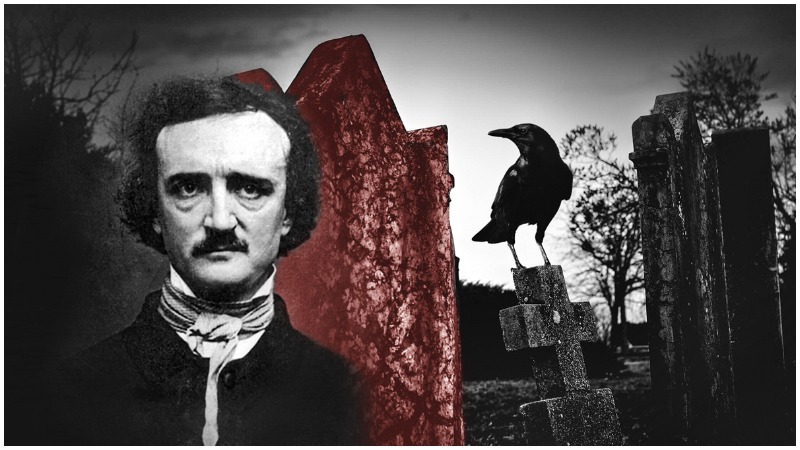Edgar Allan Poe, born in 1809, was a writer, poet, and critic. His stories were full of horror and mystery, and were the beginning of the modern detective story. His works were profoundly imaginative, often a bit eerie, and full of mystery. The same can be said for both his life and his death.
According to the Poe Museum, Poe was born to a pair of actors, both of whom died by the time he was three. He lived a life full of economic struggles and loss, all the while writing many stories, poems, and works of literary criticism.
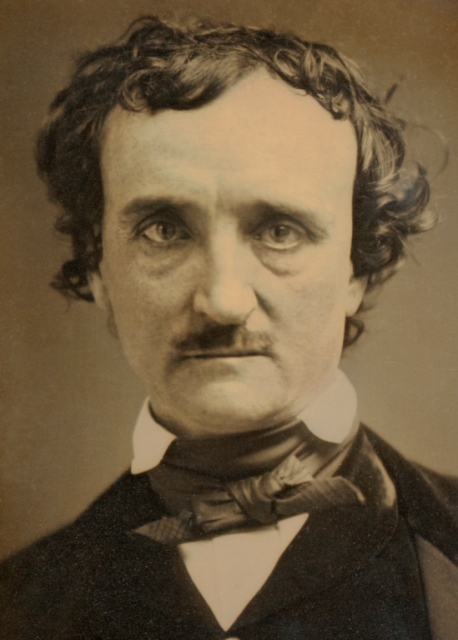
On September 27, 1849, Poe set out from Richmond, Virginia, on a journey to Philadelphia. He was going there to edit a poetry collection for Mrs. St. Leon Loud. He was found in Baltimore on October 3, semi-conscious and unable to move, by a man named Joseph Walker.
Poe was lying in the gutter outside a polling station on voting day, delirious, and wearing shabby second-hand clothes, according to the Smithsonian.
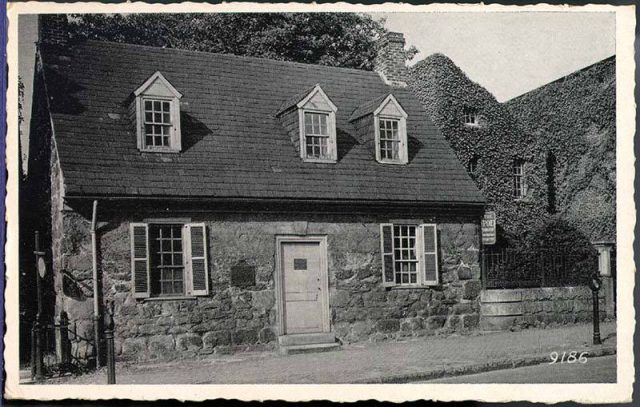
When he offered his aid, Poe asked him to contact a friend, Joseph Snodgrass, who took him to the hospital. He died on October 7th, four days after being found in Baltimore, having never regained consciousness enough to tell anyone how he came to be in that city, or what had happened to him.
The night before his death he was reported to have called out the name “Reynolds,” but no one could determine who that was, or why Poe was calling for him.
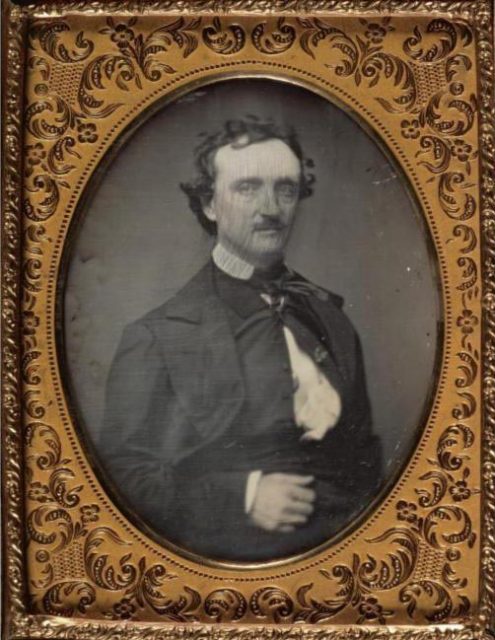
Since there are so many unanswered questions around his death, there are a number of theories about how it all came to pass.
One theory is that he had been severely beaten, and possibly robbed by ruffians on the street.
It is also thought he may have been the victim of a practice called cooping. Cooping was a type of voter fraud practiced by gangs in the 1800s. Victims would be kidnapped, disguised, and forced to vote for a specific candidate several times, each time using a different, disguised identity.
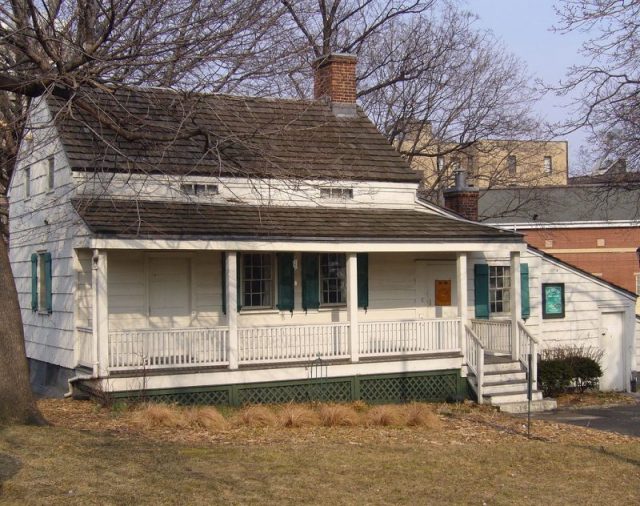
Back then voters might be given some alcohol as a reward for voting. It might not be an accident that he was found outside of a polling station on Election Day. If he had been forced to vote multiple times, that might explain his condition. This is a pretty widely accepted idea.
Alcohol may have also been the culprit. It’s been well documented that Poe couldn’t handle alcohol and could be very drunk after even one glass of wine. Since his sister was the same way, it’s thought to be some sort of hereditary issue.
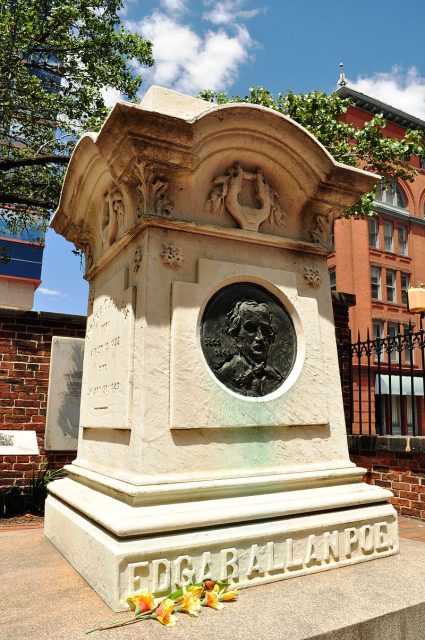
He struggled with alcohol much of his adult life, and many people believe that he drank himself to death, but Poe had joined a Temperance League months before death, however, avoiding all alcohol. There’s speculation that he fell off the wagon, but no real proof.
This version also fails to take into account his five-day disappearance, or the second-hand clothes he was found in.
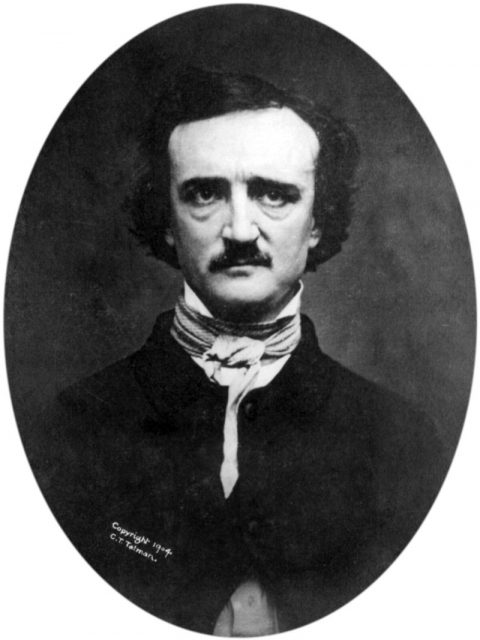
In 1999 health researcher Albert Donnay argued that Poe died from carbon monoxide poisoning from the coal gas that was used in indoor lighting at the time. Donnay took clippings of Poe’s hair and tested them for heavy metals that would prove the theory, but the tests were inconclusive.
The test didn’t show levels of heavy metal consistent with carbon monoxide poisoning, but it did show that Poe had elevated mercury levels for months before his death. Poe had been exposed to a cholera epidemic in July of that year, and his physician treated him with calomel, or mercury chloride.
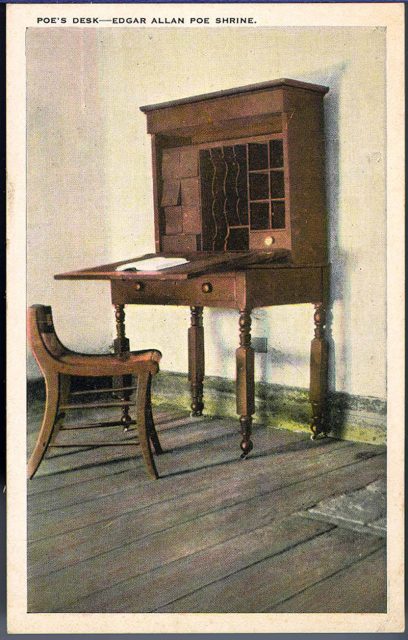
Mercury poisoning would certainly explain his hallucinations and delirium in the days before his death, but even so, the mercury levels in his blood were far too low to really support this idea, either.
In 1996 Dr. R. Michael Benitez was at a clinical pathology conference, participating in an activity where he had been given a patient and a list of symptoms and was asked to diagnose the patient based on the symptoms, comparing his diagnosis both to the other doctors and the clinical record.
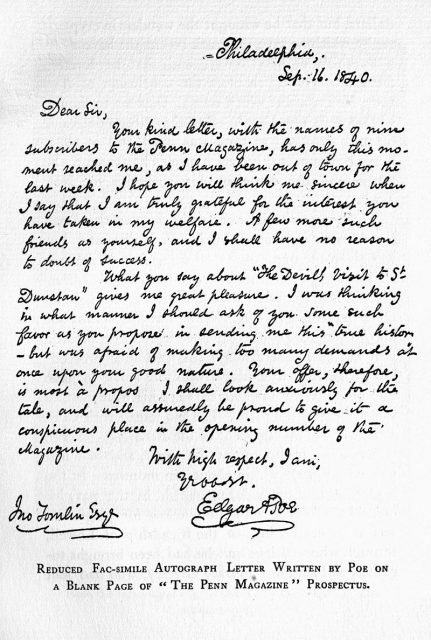
Dr. Benitez determined that the patient, E.P., was clearly suffering from rabies, since his initial lethargy and confusion at intake spiraled down into delirium, hallucinations, and issues with pulse rate and breathing.
Mysterious Books That Can’t Be Explained
He was also dead within four days, which is the average time of survival after exhibiting serious rabies symptoms. E.P., of course, was Edgar Poe. There are a couple of issues this theory, too.
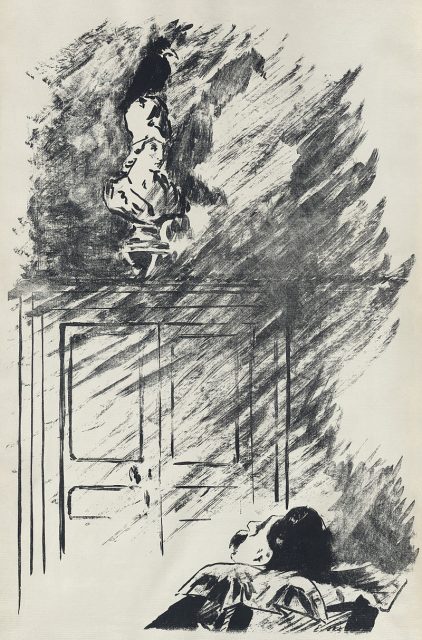
Poe never developed the hydrophobia (fear of water) that is a signature symptom of rabies. He also never had signs of any animal bites that may have given him the condition.
It was, however, the first time that a medical person looked at Poe’s death without any preconceived ideas. More mundanely, Poe’s death has also been attributed to the flu, or a possible brain tumor.
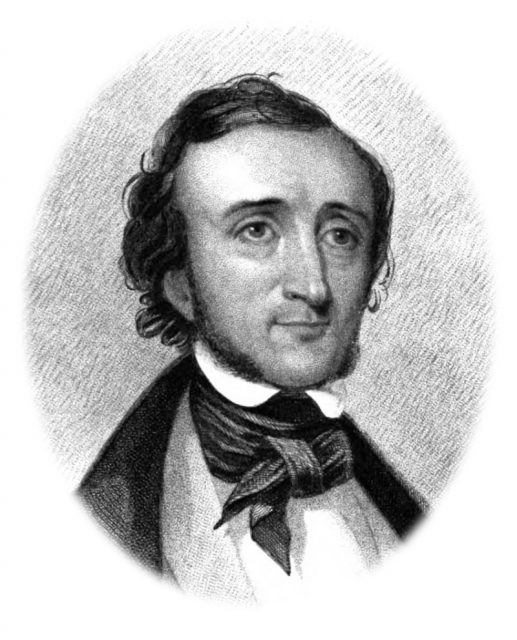
The last, and maybe the most Poe-like theory is that he was murdered by the brothers of his wealthy fiancée. One historian, using letters, memoirs, and newspapers for evidence, says it’s likely that Poe did make it Philadelphia, where he was confronted by the three brothers, and warned off marrying his fiancée.
Poe got scared, disguised himself in other clothing and hid in Philadelphia for a week before heading back to Richmond and his wedding.
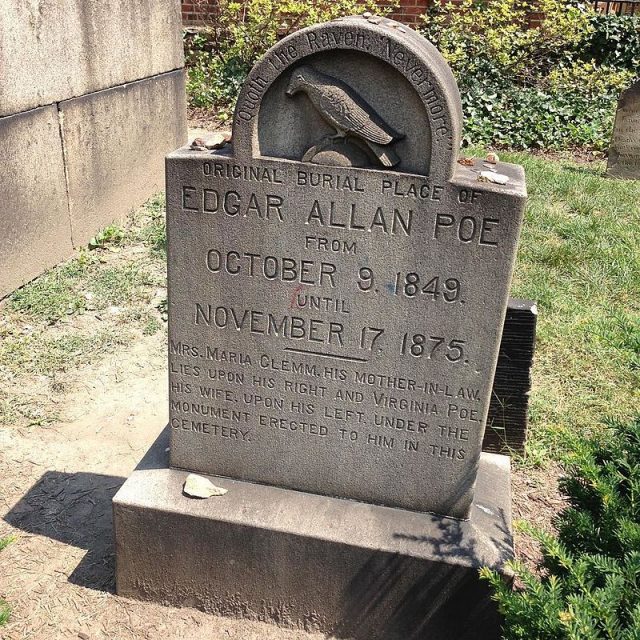
The brothers intercepted Poe in Baltimore, assaulted him, and forced him to drink whiskey that they knew would make him deathly ill. This theory hasn’t ever gained a lot of support, but it certainly does make sense in light of how Poe was found.
Edgar Allan Poe’s death may have been caused by any of these things, or none, or a combination. It remains a mystery.
